
Persistence has paid off in solving the mystic behind this mid 40's FORD COE TWIN ENGINE---
This is perhaps one of the rarest examples of Ford ingenuity in existence today -- for a fact it is the only one. Here is it's story quoted from another web page.
"As the fires of war engulfed much of the globe in the mid-to-late thirties, the free world that still existed turned to the United States for help. American factories began to reap the profits from that foreign war. As the firestorms of war engulfed more and more of the globe, it became evident to many in the U.S. that we must prepare to defend our way of life. The problem was that all of the possible aircraft plants in the U.S. had contracted all of the production that they could possibly handle to the British and others.
It was at this point that the federal government turned to Henry Ford with the question, "Can you build aircraft (bombers) the same way as you have built cars?" Mr. Ford replied, "I suppose, Let’s take a look," At this point Mr. Ford along with a group of company officials went to San Diego, California to look at Consolidated Aircraft’s B-24 Bomber assembly line and designs. From this visit and others the famous Willow Run plant and its production came into being. The main point with which we are concerned is that Lloyd Lawson of the E &L Transport Company was in the group to look into providing transportation of the components which would be produced at Willow Run Ill. The components of the bombers would be shipped to San Diego Ca., Fort Worth, Texas, and Oklahoma City Okla. where plant space was available.
Lloyd Lawson returned to E&L Transport Company in Dearborn, Michigan. The company designed the twin engine Ford truck tractors, using 2-100 horse powered Ford truck engines driving 4-speed Warner transmissions and Timken differentials. Each engine had it's own, ignition switch, gauges, radiator, Transmission drive shaft and rear end. This was basically two-one and a half ton trucks in one chassis using standard off-the-shelf cabover engine Ford truck parts. Some parts were modified, but all were Ford. The drawing board and blue prints consisted of the plans being drawn on the concrete floor with soap stone. The engineers consisted of the men working in the shop. The total production number of these vehicles was 96 to 98. About one half of these vehicles had the rounded cab as does #50. The other trucks were designed with the more square cab."
It was at this point that the federal government turned to Henry Ford with the question, "Can you build aircraft (bombers) the same way as you have built cars?" Mr. Ford replied, "I suppose, Let’s take a look," At this point Mr. Ford along with a group of company officials went to San Diego, California to look at Consolidated Aircraft’s B-24 Bomber assembly line and designs. From this visit and others the famous Willow Run plant and its production came into being. The main point with which we are concerned is that Lloyd Lawson of the E &L Transport Company was in the group to look into providing transportation of the components which would be produced at Willow Run Ill. The components of the bombers would be shipped to San Diego Ca., Fort Worth, Texas, and Oklahoma City Okla. where plant space was available.
Lloyd Lawson returned to E&L Transport Company in Dearborn, Michigan. The company designed the twin engine Ford truck tractors, using 2-100 horse powered Ford truck engines driving 4-speed Warner transmissions and Timken differentials. Each engine had it's own, ignition switch, gauges, radiator, Transmission drive shaft and rear end. This was basically two-one and a half ton trucks in one chassis using standard off-the-shelf cabover engine Ford truck parts. Some parts were modified, but all were Ford. The drawing board and blue prints consisted of the plans being drawn on the concrete floor with soap stone. The engineers consisted of the men working in the shop. The total production number of these vehicles was 96 to 98. About one half of these vehicles had the rounded cab as does #50. The other trucks were designed with the more square cab."
"According to the caption for this June 17, 1942, photo, this is simply a “Ford truck to haul bomber parts,” but our friend Fred Crismon, author of “U.S. Military Wheeled Vehicles,” has more:
Early in 1943 [which clashes with the date of the above photo -ed.] this highly specialized vehicle was shown to the public, identified as a tractor designed to pull a 60-foot-long “supertrailer” in which 34 complete tail cone assemblies could be carried. The tail cones were for the B-24 bomber of which Ford was one of several builders. The assemblies were carried between several manufacturing plants according to contemporary sources, involveing runs between California and Texas, Willow Run, Michigan, and Tulsa, Oklahoma, and Fort Worth, Texas, and between Loudonville, Ohio, and Buffalo, New York. Two Mercury V-8s were used, driving into synchronized transmissions.
Crismon also noted that the tractor was rated at 10 tons and that the trailer was loaded from the top by overhead cranes. About 70 of the trucks were built, and the twin engines were accessed by pulling them as a unit out the front of the tractor. Crismon provides evidence that, although Ford was often mentioned as the builder of the trucks, a company named Thorco Dual Motors built them – Thorco being a trademark for the Thornton Acle Company. However, James Wagner, the author of “Ford Trucks Since 1905,” wrote that about 100 tractors were built by E and L Transport of Dearborn, and the corresponding trailers were built by Mechanical Handling Systems."
Early in 1943 [which clashes with the date of the above photo -ed.] this highly specialized vehicle was shown to the public, identified as a tractor designed to pull a 60-foot-long “supertrailer” in which 34 complete tail cone assemblies could be carried. The tail cones were for the B-24 bomber of which Ford was one of several builders. The assemblies were carried between several manufacturing plants according to contemporary sources, involveing runs between California and Texas, Willow Run, Michigan, and Tulsa, Oklahoma, and Fort Worth, Texas, and between Loudonville, Ohio, and Buffalo, New York. Two Mercury V-8s were used, driving into synchronized transmissions.
Crismon also noted that the tractor was rated at 10 tons and that the trailer was loaded from the top by overhead cranes. About 70 of the trucks were built, and the twin engines were accessed by pulling them as a unit out the front of the tractor. Crismon provides evidence that, although Ford was often mentioned as the builder of the trucks, a company named Thorco Dual Motors built them – Thorco being a trademark for the Thornton Acle Company. However, James Wagner, the author of “Ford Trucks Since 1905,” wrote that about 100 tractors were built by E and L Transport of Dearborn, and the corresponding trailers were built by Mechanical Handling Systems."
source: HEMMINGS AUTO BLOG and THE OLD TRUCK HOME
Update Photos --- 2/23/12
This is an earlier example of a Ford Twin Engine circa 1938 ---
Update Photos --- 2/23/12
This is an earlier example of a Ford Twin Engine circa 1938 ---
More pictures of the Ford THORCO twin engines ---


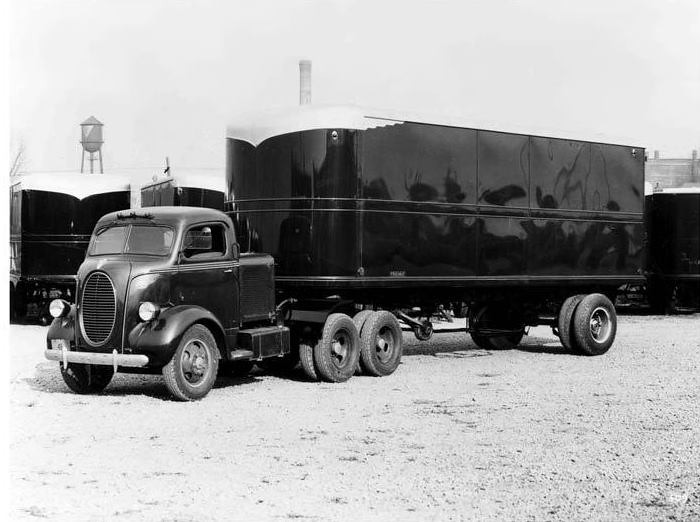
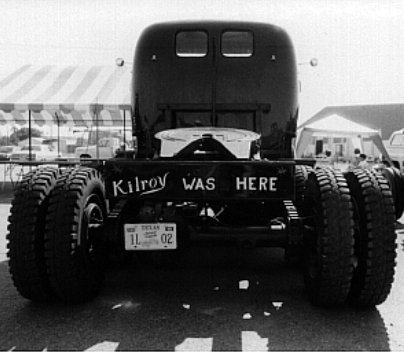
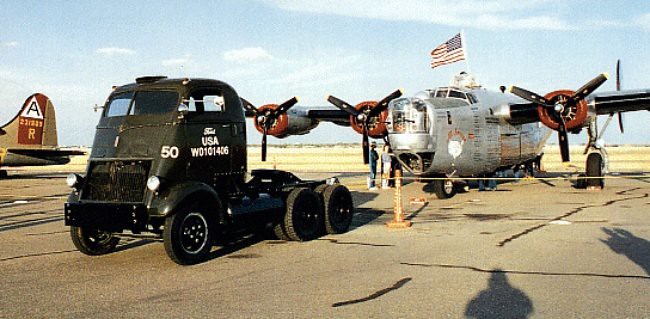
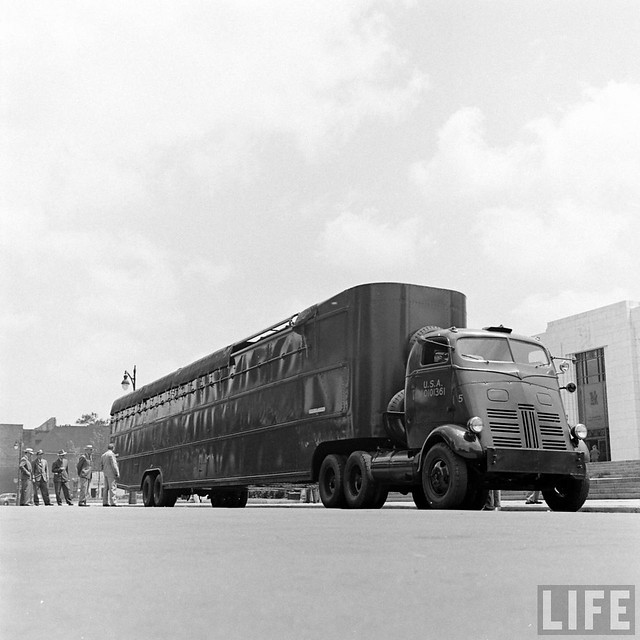




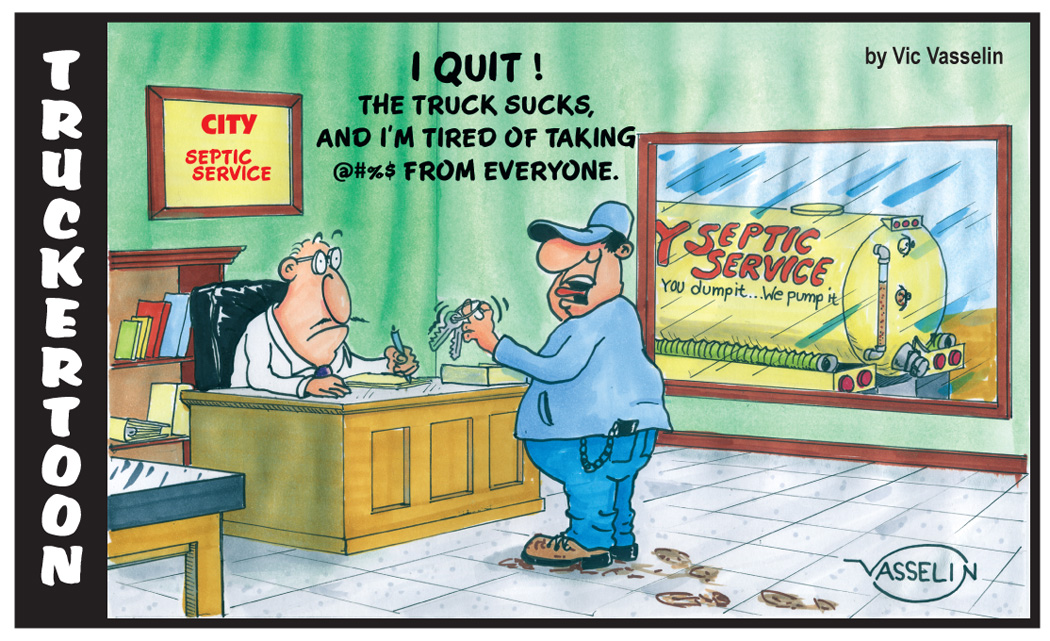












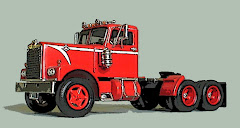

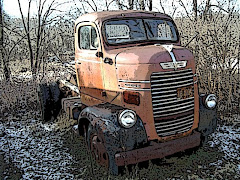








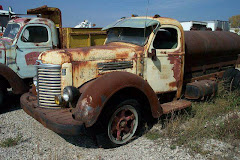




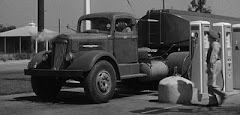











Hello! there is one of these trucks - restored - in Amarillo Tx !!!!!!! i saw it personally !!
ReplyDeleteYes the one in Amarillo is the one in the picture I took it.
ReplyDeleteBob Gilbreath bobgil@sbcglobal.net
The Old Truck Home
Anonymous, I saw your comments on I'M LIKING TRUCKS:RARE COE TWIN ENGINE Ford trucks. You mentioned that you saw a restored truck in Amarillo, Texas & that you took a picture. My Dad was a mechinic on these twin engine trucks in 1943 in Halton City, Texas(a surburb of Fort Worth) It was a small shop so I was allowed to watch. I even got to ride in one. I was 11 or 12 years old. I would like to see this truck mentioned. Could you tell me were I could see one? I live north of Fort Worth, Texas in the small town of Argyle, Texas. Wayne emebge@verizon.net April 10, 2010 10:10 pm
ReplyDeleteTrucks are very old model & have so small.. but good designed as compere to this year.
ReplyDeleteIllustrated Encyclopedia of American Trucks & Commercial Vehicles (Mroz) lists the Grico Twin-Motor Truck Tractor; company is listed as being in business '38-39, pic shows a '39 Ford COE with an 'external doghouse' at the rear of the cab & dual rear axles. Text states it's unknown if more than 1 was built.
ReplyDeleteThere's yet another version/axle arrangement shown down the bottom of this page:
http://www.chromjuwelen.com/en/network/228-blog-hemmings/90160-march-military-campaign--double-the-flathead-fun.html
http://www.chromjuwelen.com/en/network/228-blog-hemmings/90160-march-military-campaign--double-the-flathead-fun.html
ReplyDeleteI was told when I Hired in at E and L transport 27 yrs ago that most of the old thorco trucks were scrapped out. they had a couple sitting around for a few years but eventually disappered. My father also worked on these trucks and said that E and L had spare motors stored all over the country in shops that did work for them.
ReplyDeleteI Would Like To See A Brake Down Of This Truck. How Was It Put Together?
ReplyDelete20 years ago or so I was at an Auction in Jackson MI and one of these trucks was for sale. The trailer was next to a barn and the truck was in a field of the many trucks being sold. it was in sad shape but still had both flatheads sitting inside. Too young to have any idea of the importance of the truck to the area as it was sitting within 1 1/2 hour of the Willow Run Bomber Plant.
ReplyDeleteHello, I’ve been reading all the comments about the Thorco twin engine trucks. Anyone still interested out there?
ReplyDeleteemerworth@gmail.com